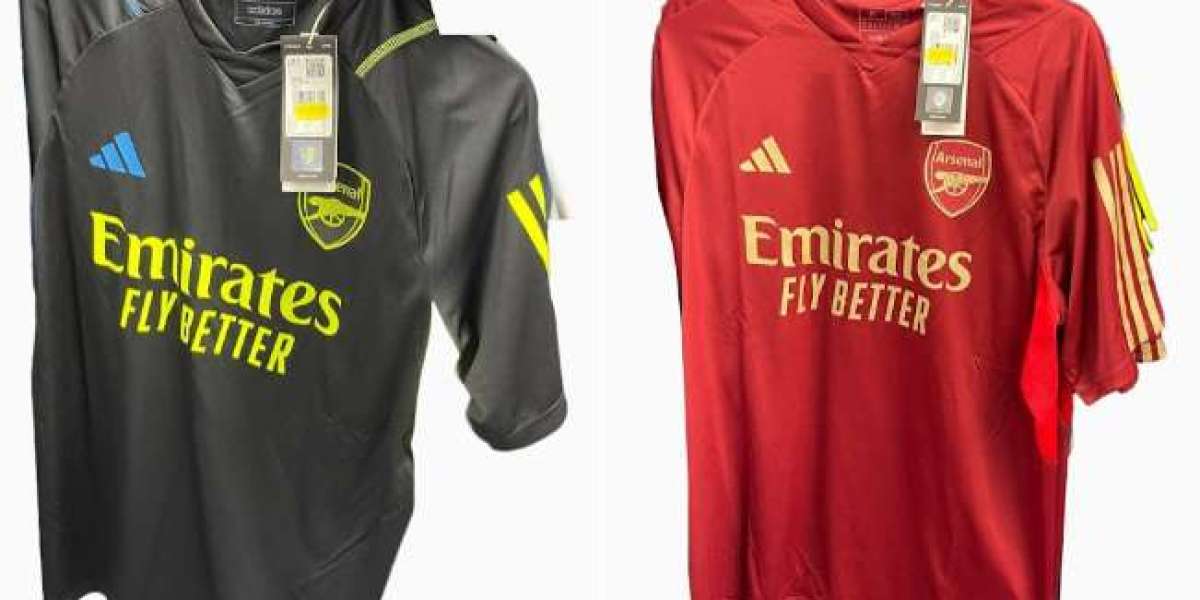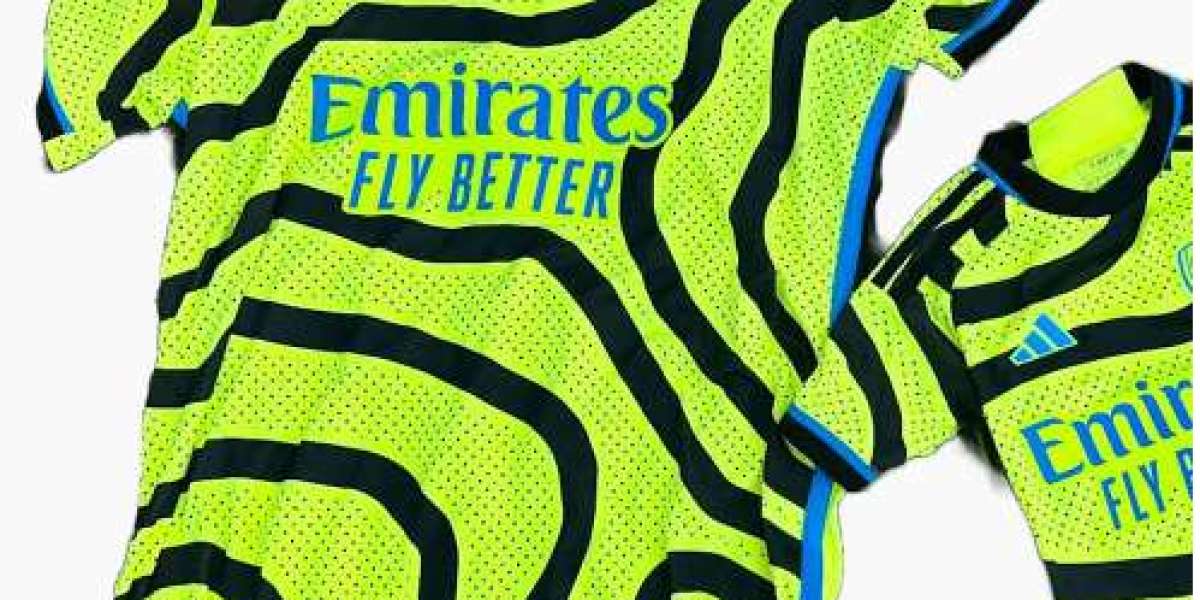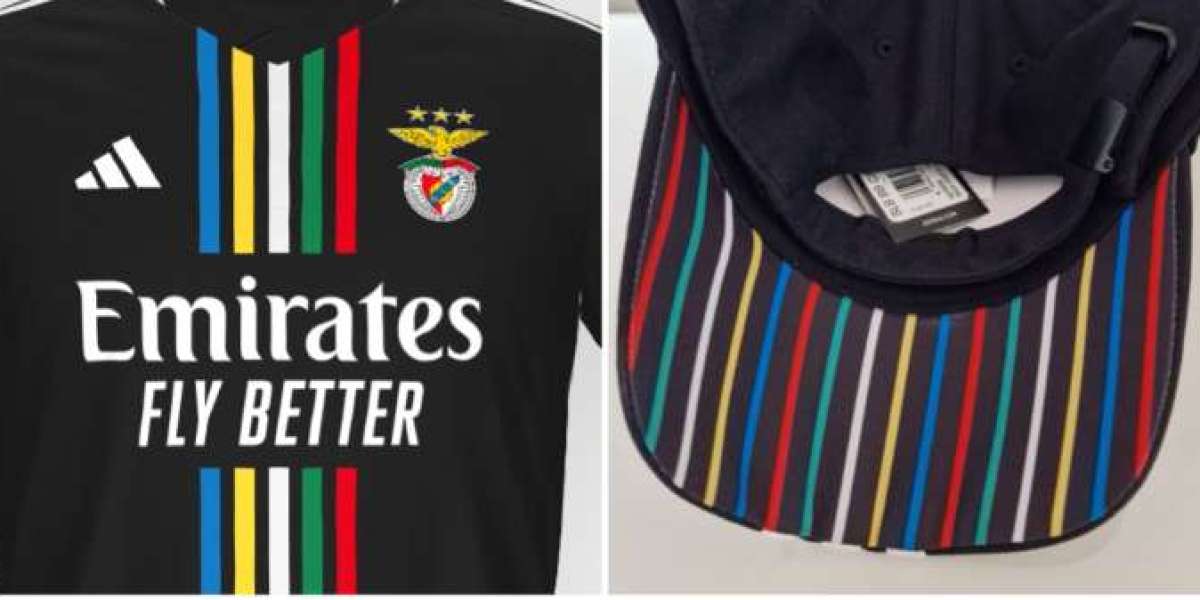City Under Siege
Goma, a city in eastern Democratic Republic of Congo (DRC), echoes with gunfire and explosions as the M23 rebel group tightens its grip. For residents like Jackson, fleeing is no longer an option. “If we’re going to die, it’s better to die here,” he says, amid the cacophony of war. But this isn’t just another African conflict, it’s a crisis with roots in genocide, foreign intervention, and the minerals powering your smartphone.
The Seeds of Conflict: Rwanda’s Ghosts Haunt Congo
The story begins with two ethnic groups: the Hutu and Tutsi. Though culturally intertwined, their rivalry turned deadly after Rwanda’s Tutsi monarchy fell in 1959. Decades of tension exploded in 1994, when Hutu extremists slaughtered 800,000 Tutsis in a 100-day genocide.
The Exodus:
Over 2 million people, both Hutus and Tutsis, fled to neighboring Congo.
Rwanda’s Wars: Rwanda invaded Congo twice (1996, 1998), targeting Hutu militias and backing Tutsi rebels to destabilize Congo’s government.
By 2009, a fragile peace deal promised Tutsi rebels integration into Congo’s military and politics. But broken promises would ignite a new rebellion.
Birth of M23: A Rebellion Fueled by Betrayal
In 2012, the M23 movement emerged, named after the failed March 23, 2009, peace accord.
Their grievances?
- The Congolese government’s failure to honor the deal.
- The need to “defend Tutsi interests” against Hutu militias.
M23 swiftly captured Goma in 2012 before disbanding under international pressure. But a decade later, they resurfaced—stronger, bolder, and allegedly backed by Rwanda.
Resurgence and Rwanda’s Shadow
In late 2021, M23 stormed back, seizing swathes of North Kivu province. UN experts accuse Rwanda of arming the group, a claim Rwanda denies. Meanwhile, regional leaders like Kenya’s president warn: “There’s no military solution.
The Human Cost:
- 1/3 of Goma’s province is displaced.
- Families like Jackson’s face an impossible choice: flee into chaos or risk death at home.
Why the World Can’t Look Away: Congo’s ‘Blood Minerals
Eastern Congo isn’t just a warzone—it’s a treasure trove of cobalt, tantalum, copper, and rare earth metals essential for:
- Smartphones
- Electric vehicles
- Solar panels and wind turbines
Nearly 70% of the world’s cobalt comes from Congo, often mined in conflict zones. This lucrative trade fuels violence, drawing in global powers desperate to secure supply chains.
Conclusion: A Crisis That Connects Us All.
The M23 conflict is more than a regional war—it’s a stark reminder of how historical trauma, resource greed, and geopolitical games collide. As bombs fall on Goma, the world watches not just out of sympathy, but necessity: our green energy future and tech-driven lives depend on Congo’s minerals. The question is, will we act before it’s too late?
Stay informed. Stay engaged on IzeChat. The fate of Congo shapes our shared future.




Aine Ngabwa 28 w
Exactly what is happening in Congo